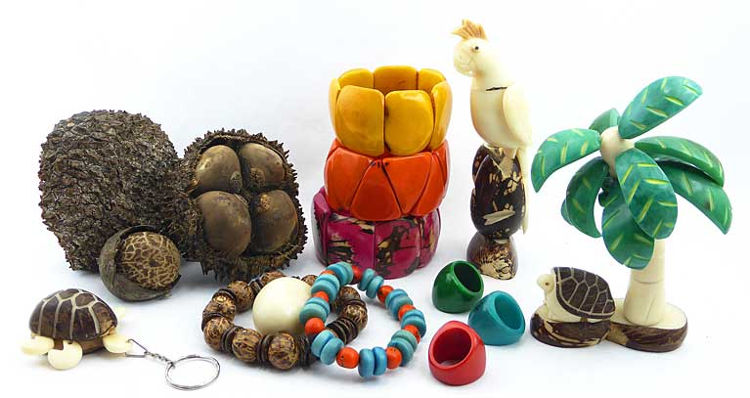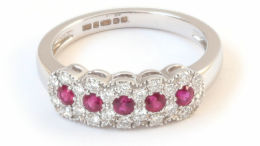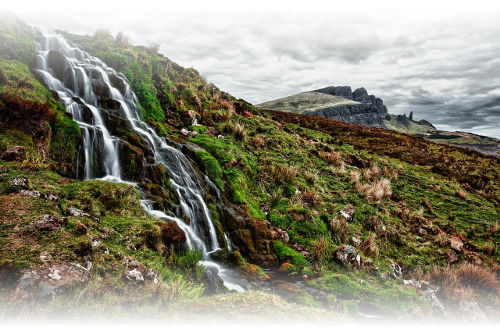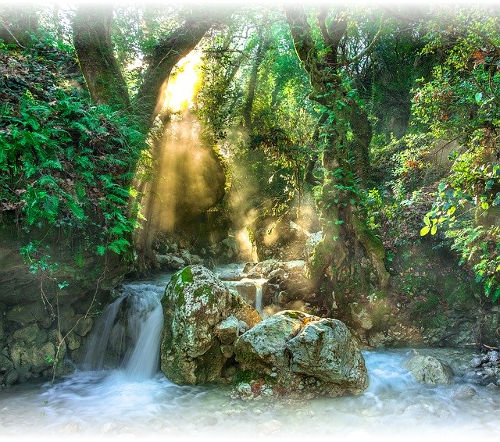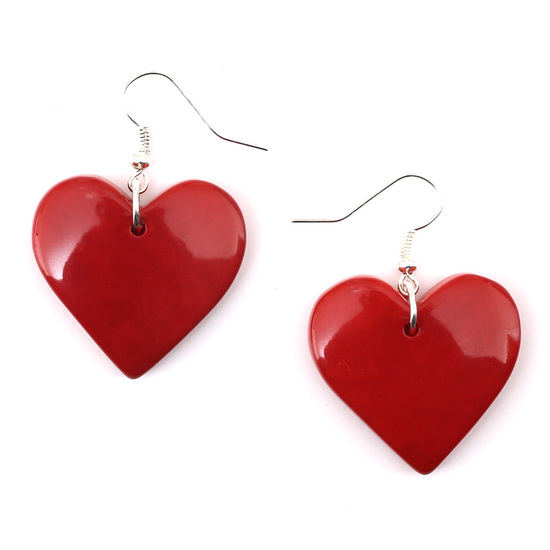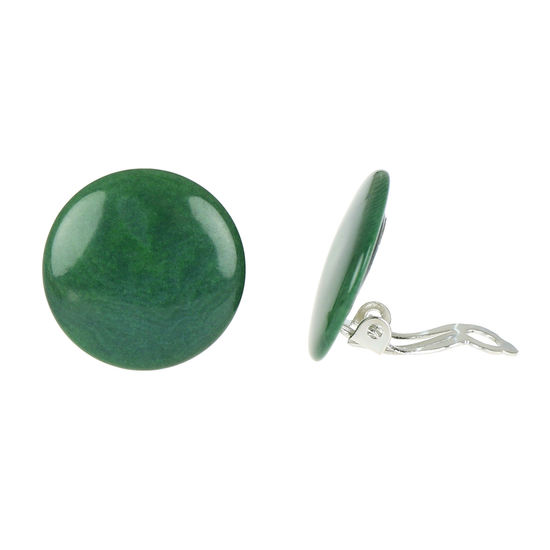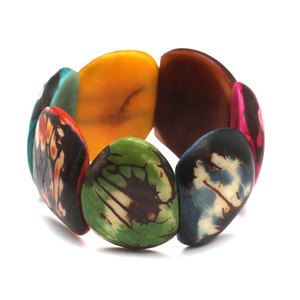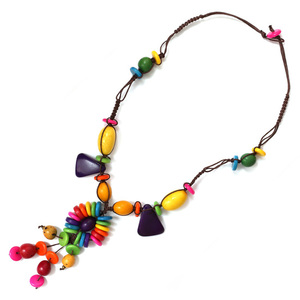Have you ever wondered where your Tagua Jewellery is coming from? Or what is Tagua EXACTLY? And how does it look like before it's being turned into a gorgeous necklace? If so, then we have some words to say and some pictures to show. After all, a pictures speaks a thousand words.
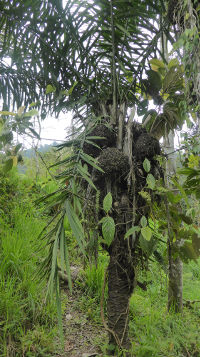
Let's start wtith the source of tagua: The tagua palm tree, also known under names such as ivory palm or ivory-nut palm and if you insist on its scientific name, then it is Phytelephas for you. By the way, Phytelephas means "plant elephant", and again it refers to the ivory-like qualities of tagua nuts. These trees can reach heights of up to 20m and is native in the northern parts of South America and parts of Central America.
Most tagua harvested for use in jewellery and other decorative items come from the species Phytelephas aequatorialis which is commonly known as Ecuadorian Ivory Palm, mainly found in – you guessed it – Ecuador. As a sad side-fact, this species is classed by the IUCN Red List of Threatened Species™ as "Near Threatened" – get more information from the IUCN website.
Also, since male tagua palms do not produce any fruits they are sometimes being mistaken as other trees and cut down.
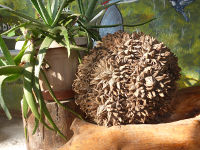
Let's have a look a the fruits themselves. Despite the name, tagua is a actually a seed and not a nut. The fruits are covered in a horned husk and are roughly the size of grapefruits, containing usually four seeds. The white substance we refer to as tagua is the endosperm which can become so hard that it can be worked like (animal) ivory: It can be polised, carved and turned into beautiful pieces of jewellery and carvings.
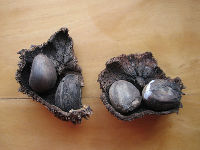
In order to harvest tagua, either the ripe fruits are collected that have already fallen down from the trees and forest animals have removed the pericarp already. Alternatively, the ripe fruits are plugged from the tree and the pericarp removed manually. The fruits are then dried which makes them hard just like real ivory. The "finished" nuts are covered in a brown and flaky skin that is sometimes incorporated as a feature in tagua carvings. Underneath the skin, the kernels are ivory white and are roughly 4 to 8cm in diameter.
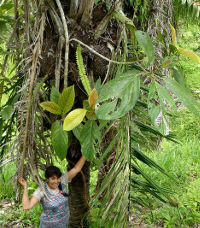
Since most of the tagua comes from rural Ecuador, indigenous people are able to find an ethical source of income, free from the problems of planting opium as a cash crop or making a living from logging. It is also hoped that tagua's rise in popularity will enhance conservation efforts to protect not only the tagua palms themselves but the rainforests as a whole. Since only the fruits are needed no tree needs to be cut down or otherwise injured to harvest this wonder material from nature. Locals are found to care for their tagua palms since it provides them with a sustainable source of income.
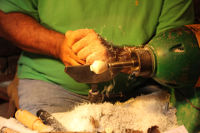
Tagua's uses are found in jewellery and all sorts of carvings, but can also be used for beads and buttons. In fact, tagua buttons were pretty common before cheap plastic buttons drove them out of the market. Since it is an animal product, it is a sustainable and cruelty-free alternative to mammal ivory, specifically elephant ivory. Other names under which tagua is sold include vegetable ivory, palm ivory, corozo or jarina.
By choosing tagua jewellery you are contributing to make the world a better place. Literally. The tagua industry provides an ethical income for the indigenous Ecuadorian population; it preserves tagua palms; it provides an alternative to elephant ivory; it encourages the protection of the rainforests. And all while giving you beautiful pieces of jewellery to wear or adding gorgeous figurines to your home décor.
Thank you for supporting Tagua
